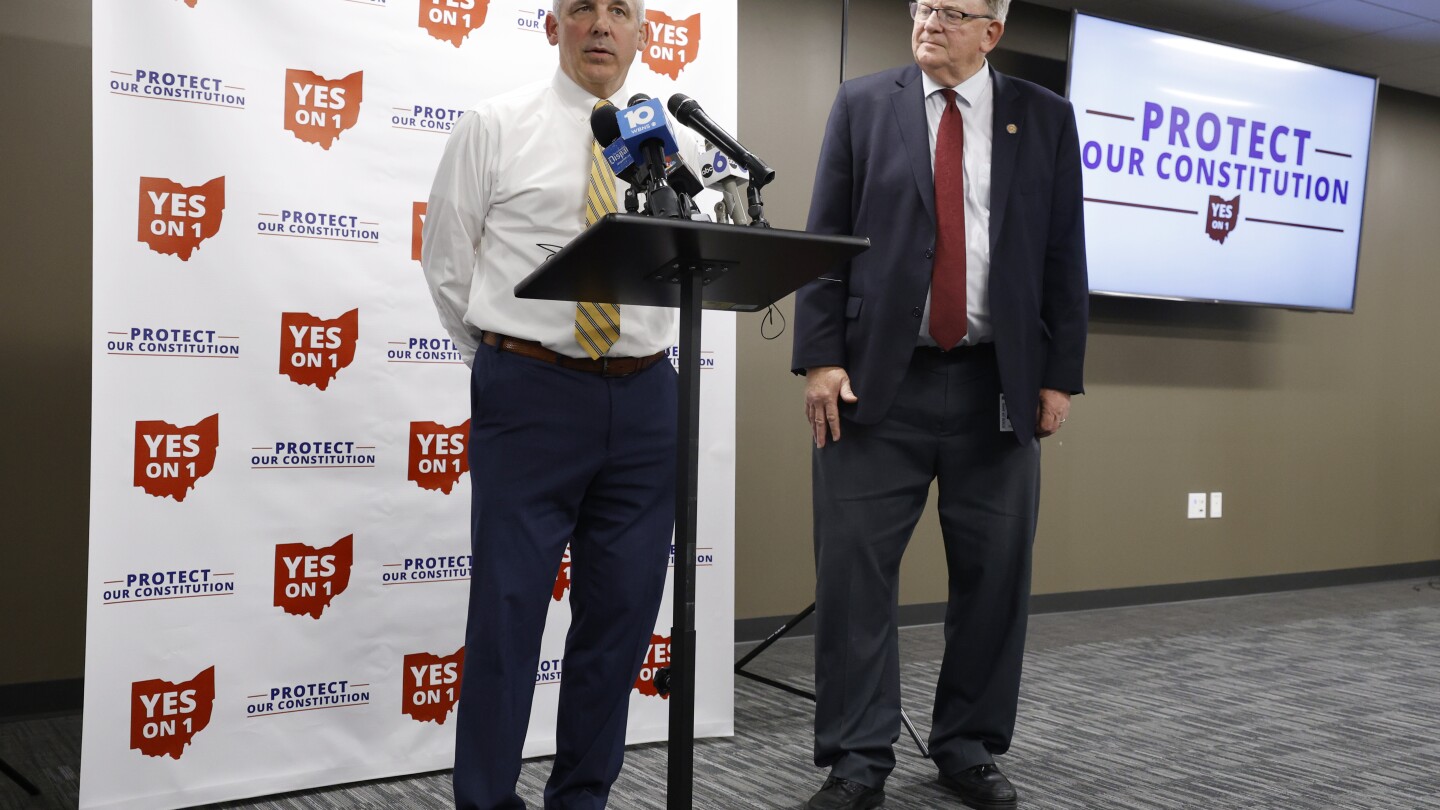After Ohio voters repealed a law pushed by Republicans that would have limited unions’ collective bargaining rights in 2011, then-GOP Gov. John Kasich was contrite.
“I’ve heard their voices, I understand their decision and, frankly, I respect what people have to say in an effort like this,” he told reporters after the defeat.
The tone from Ohio Republicans was much different this past week after voters resoundingly rejected their attempt to impose hurdles on passing amendments to the state constitution — a proposal that would have made it much more difficult to pass an abortion rights measure in November.
“Unfortunately,” he said, “we were dramatically outspent by dark money billionaires from California to New York, and the giant ‘for sale’ sign still hangs on Ohio’s constitution,” said LaRose, who is running for U.S. Senate in 2024.
“Could I be out-of-touch with the wishes of the majority of the voters in state? No, no…its the VOTERS that are wrong.” -LaRose, probably
This is the best summary I could come up with:
The striking contrast illustrates an increasing antagonism among elected Republicans across the country toward the nation’s purest form of direct democracy — the citizen-initiated ballot measure — as it threatens their lock on power in states where they control the legislature.
Historically, attempts to undercut the citizen ballot initiative process have come from both parties, said Daniel A. Smith, a political science professor at the University of Florida.
Aggressive stances by Republican supermajorities at the Ohio Statehouse — including supporting one of the nation’s most stringent abortion bans, refusing to pass many of a GOP governor’s proposed gun control measures in the face of a deadly mass shooting, and repeatedly producing unconstitutional political maps — have motivated would-be reformers.
That prompted an influential mix of Republican politicians, anti-abortion and gun rights organizations and business interests in the state to push forward with Tuesday’s failed amendment, which would have raised the threshold for passing future constitutional changes from a simple majority to a 60% supermajority.
Another example is Missouri, where Republicans plan to try again to raise the threshold to amend that state’s constitution during the legislative session that begins in 2024 — after earlier efforts have failed.
“Unfortunately,” he said, “we were dramatically outspent by dark money billionaires from California to New York, and the giant ‘for sale’ sign still hangs on Ohio’s constitution,” said LaRose, who is running for U.S. Senate in 2024.
I’m a bot and I’m open source!
They weren’t “outspent”, they were outvoted. Fucking assholes.
Some of us don’t even have an initiative process.



